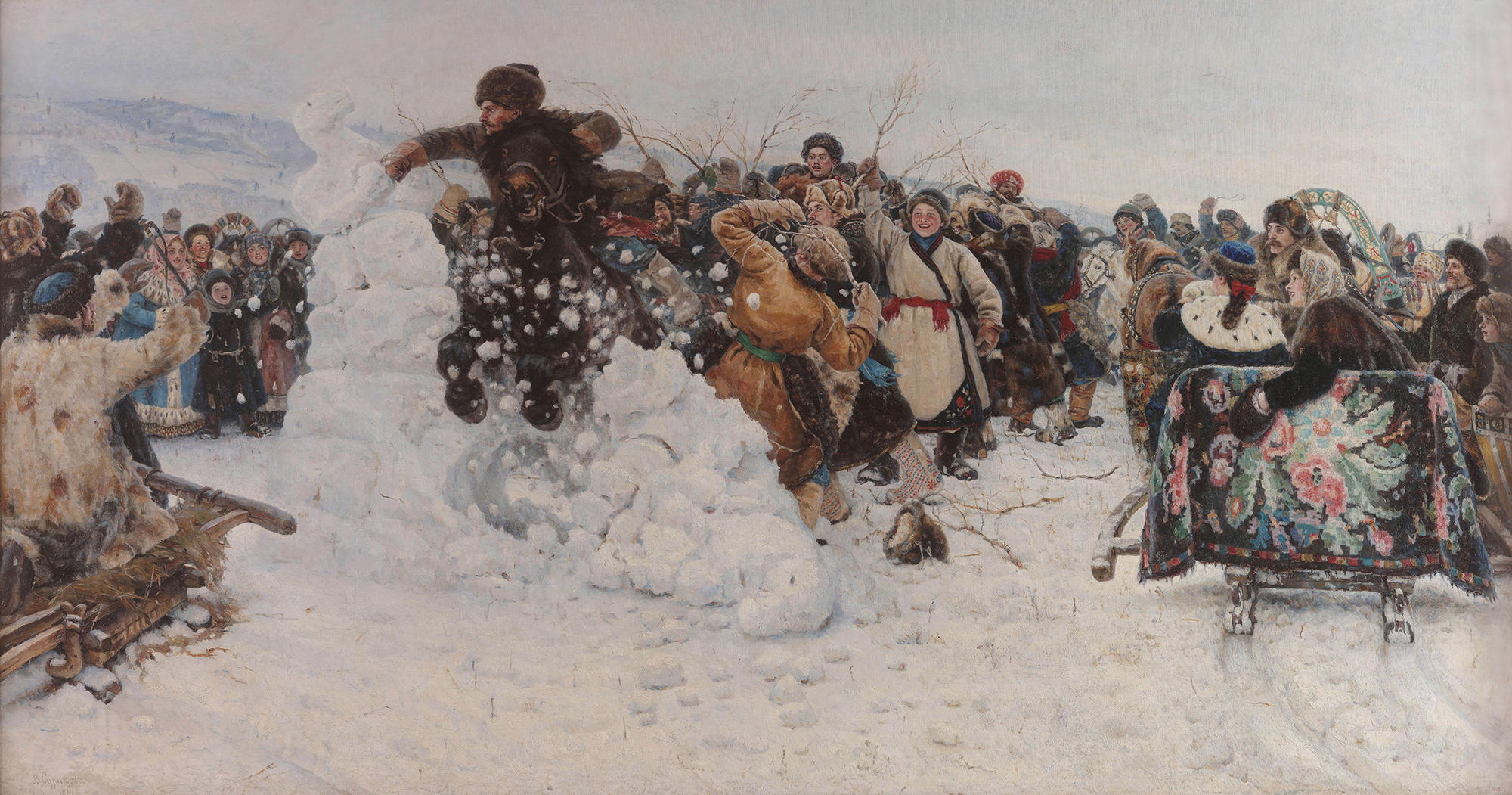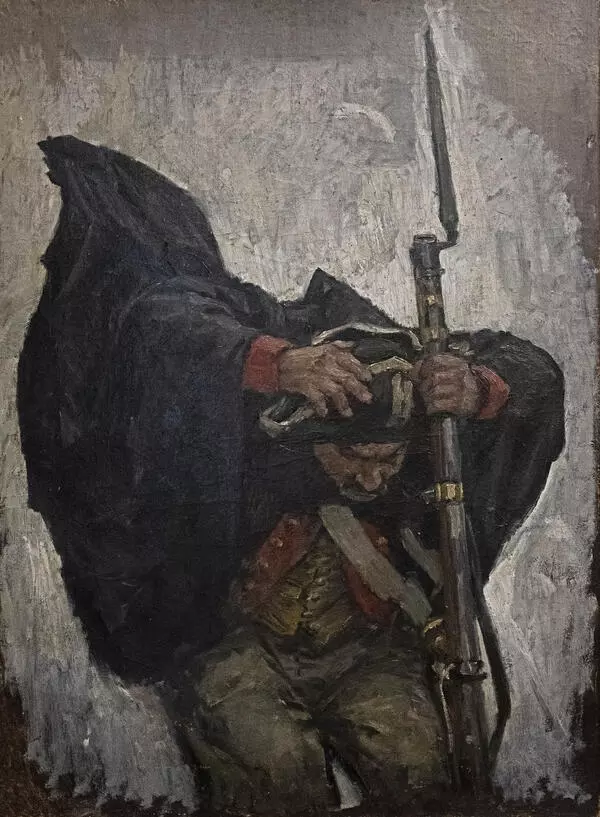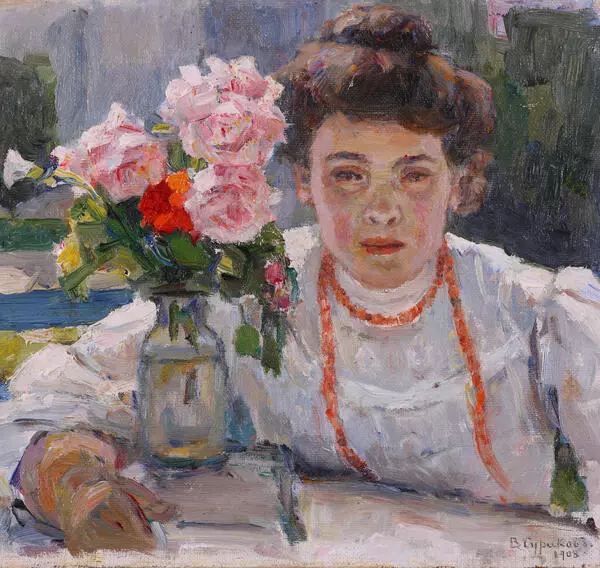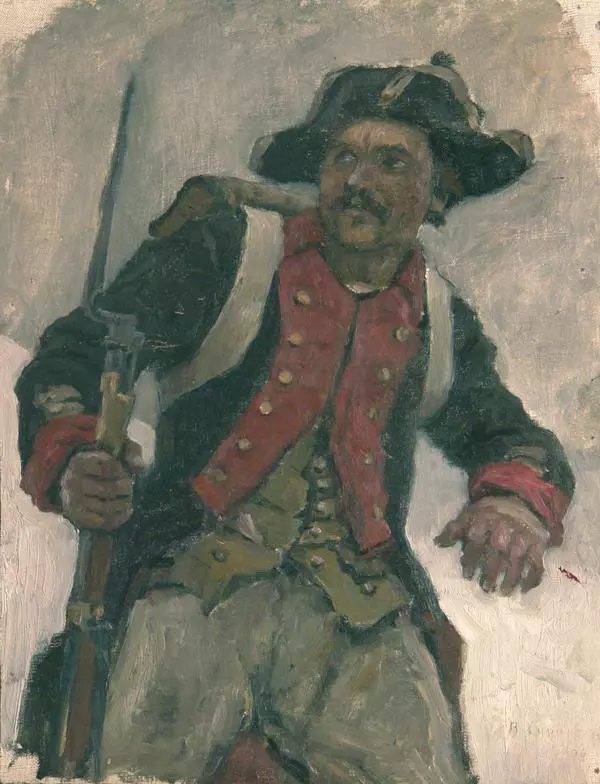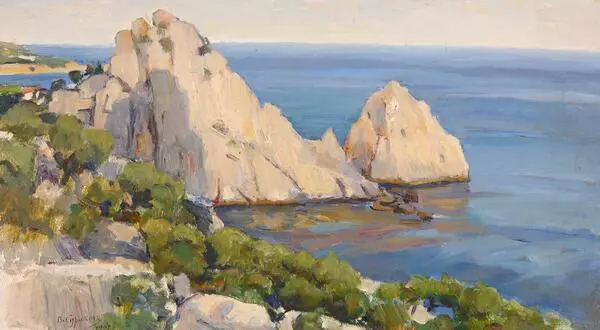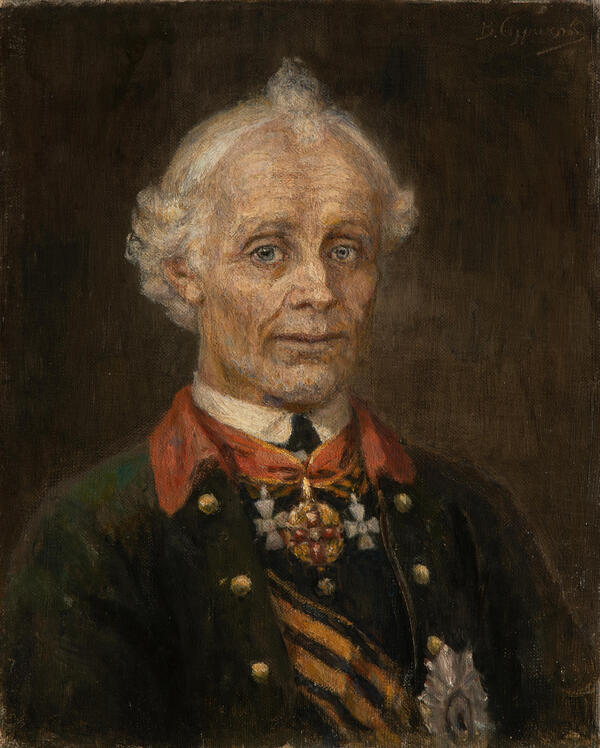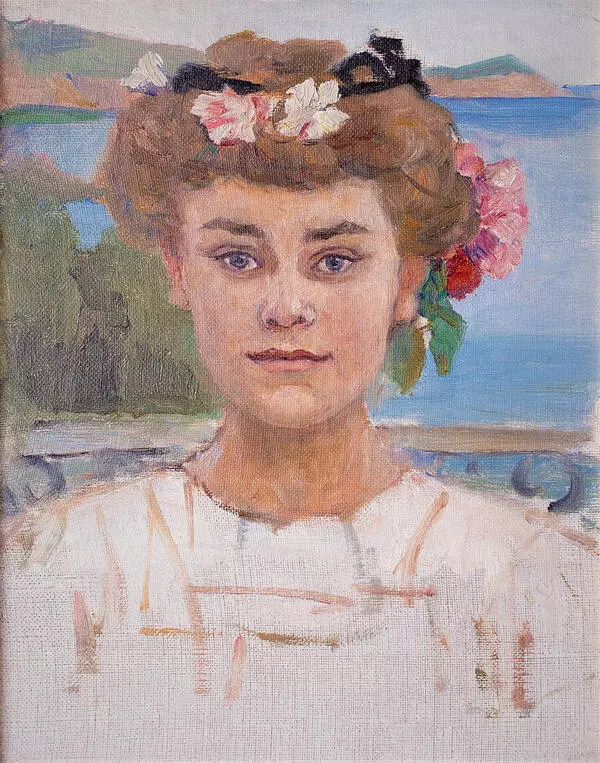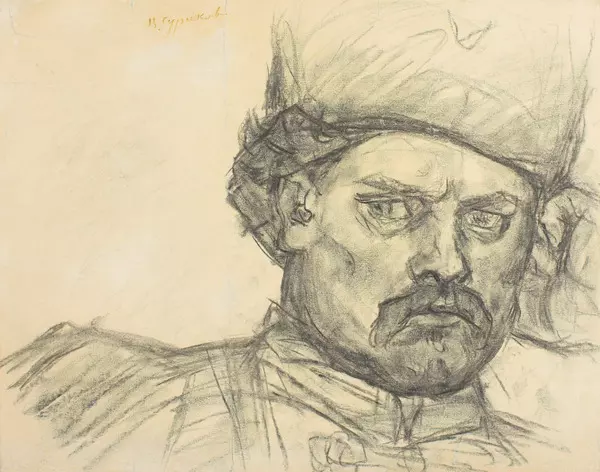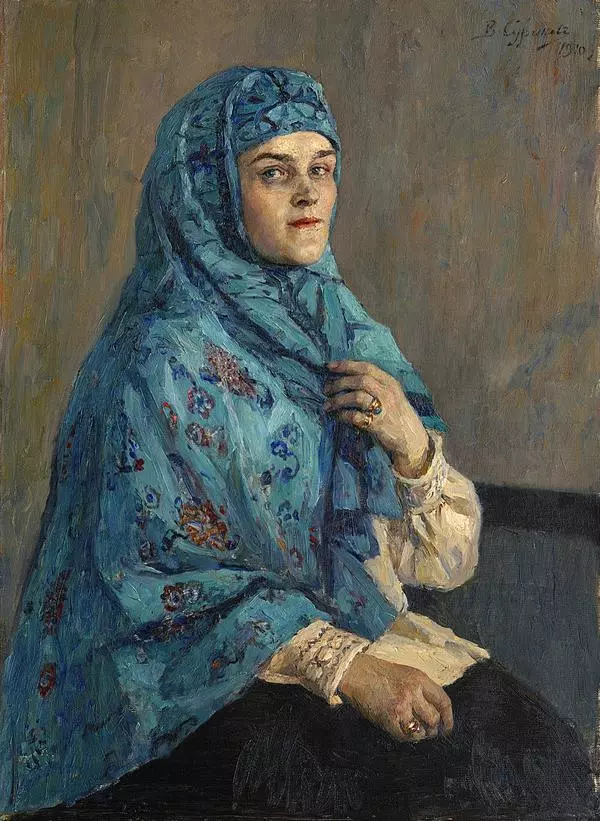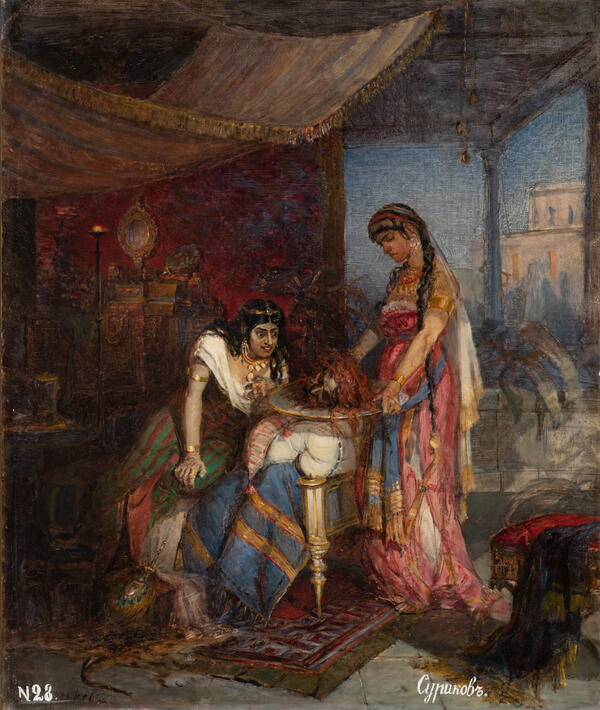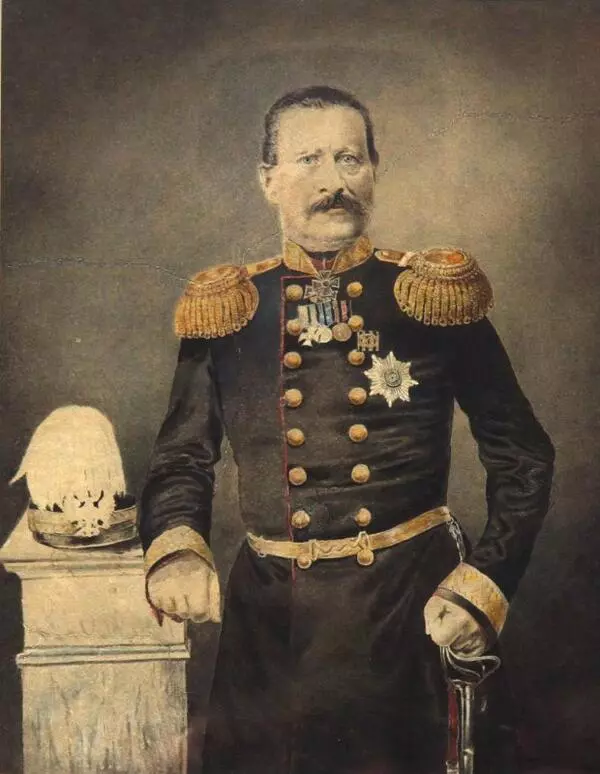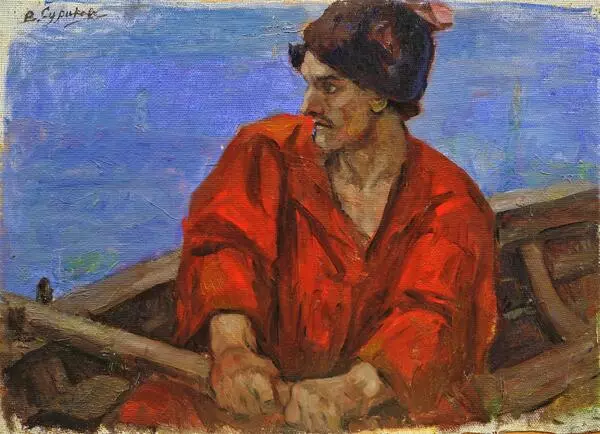Taking a Snow Fortress is the only large-format and not history-themed canvas by Vasily Surikov. In reality the artist was working on this light plot during a difficult period after his wife’s death. Trying to regain his desire to live and create, he left for Krasnoyarsk with his children, where he was spending a lot of time outdoors, traveling to local villages and talking with Siberians.
Taking a Snow Fortress
Время создания
1891
Размер
156x282 cm
Техника
Canvas, oil
Коллекция
60
Открыть в приложении#4
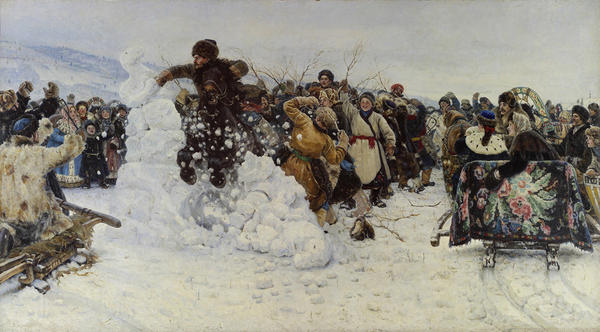
Vasily Surikov
Taking a Snow Fortress
#2
#5
Surikov was born in Krasnoyarsk and came from a Cossack family. He was familiar with Siberian fun and play since childhood. He depicted on canvas a winter frolic usually played on the last day of the Pancake Week. The players built a fortress from snow — a snow wall that could be decorated with merlons, cannons with cores, and figures. Then they doused the structure with water to enhance its solidity.
Afterwards the players were divided into two groups: the one to defend the fortress, another one to attack. The most courageous equestrian attackers tried to break through the wall, and the defenders by using shovels, brooms, twigs and gun shots tried to scare away the horses. Surikov depicted the climax moment when one of the horsemen finally takes the fortress.
#6
Surikov spent about two years on this canvas. The painter deliberately asked young people from the village of Ladeyka to build a fortress and arrange a demonstrative taking. The artist was making sketches of nature, capturing separately elements of clothing and utensils. He was painting quick portraits of his acquaintances in oil and water-colour to use them in characters' creation.
#7
Surikov depicted this scene from ordinary people’s life on purpose. He was a member of the Association of Itinerant Art Exhibitions, and the Itinerants aspired to show life of common people as it was. They contrasted realism with traditions of classicism and academism.
#8
Taking a Snow Fortress was shown for the first time at the 19th exhibition of the itinerants in 1891. Most viewers and critics did not understand the work. At the end of the 19th century, salon academic art with its antique and biblical themes was held in high esteem.
The audience did not appreciate the bright and variegated colors, a bit dirty tones. And its composition, unlike in well-constructed academic paintings, was considered overloaded with a large number of characters.
#9
In addition, Surikov was already known and appreciated as the author of tragic works on historical topics: Boyarynya Morozova, Morning of the Archery Execution. The influential newspaper Russkiye Vedomosti wrote: It is difficult to understand how an artist could put such a mere trifle into colossal frames… The content is poor, anecdotal.
#10
However, some critics admitted that Surikov was able to masterfully convey the image and colour of cheerful, energetic people, to embody the character of bold Siberian Cossacks. Nine years after the first exhibition, the canvas received a medal at the Paris World Exhibition.
#11
The painting was bought by a collector and philanthropist Vladimir von Mekk. In 1908, some of Surikov’s works from von Mekk’s collection, including Taking a Snow Fortress, were included in the collection of the Russian Museum.
#12
State Russian Museum
читать дальшескрыть
00:00
00:00
1x
Taking a Snow Fortress
Время создания
1891
Размер
156x282 cm
Техника
Canvas, oil
Коллекция
60
Открыть в приложении
Поделиться
